This witch doesn’t fly around on a broomstick, yet an unexpected sighting of a 7-inch black moth in October is likely to catch your attention.
For some cultures, the presence of a black witch moth is especially ominous. For others, a witch encounter is fortunate foreshadowing.
None other than Carl Linnaeus first described the black witch moth to science, but the species had a history that far preceded this declaration. The core range for the moth stretches from Brazil to the southern United States.
Black witches are the largest of the noctuid moths, the diverse family that represents nearly 25% of moth diversity in North America. Sexually dimorphic, females are slightly larger, paler in color, and show a line of light pinkish and white scalloped bands across the wings.
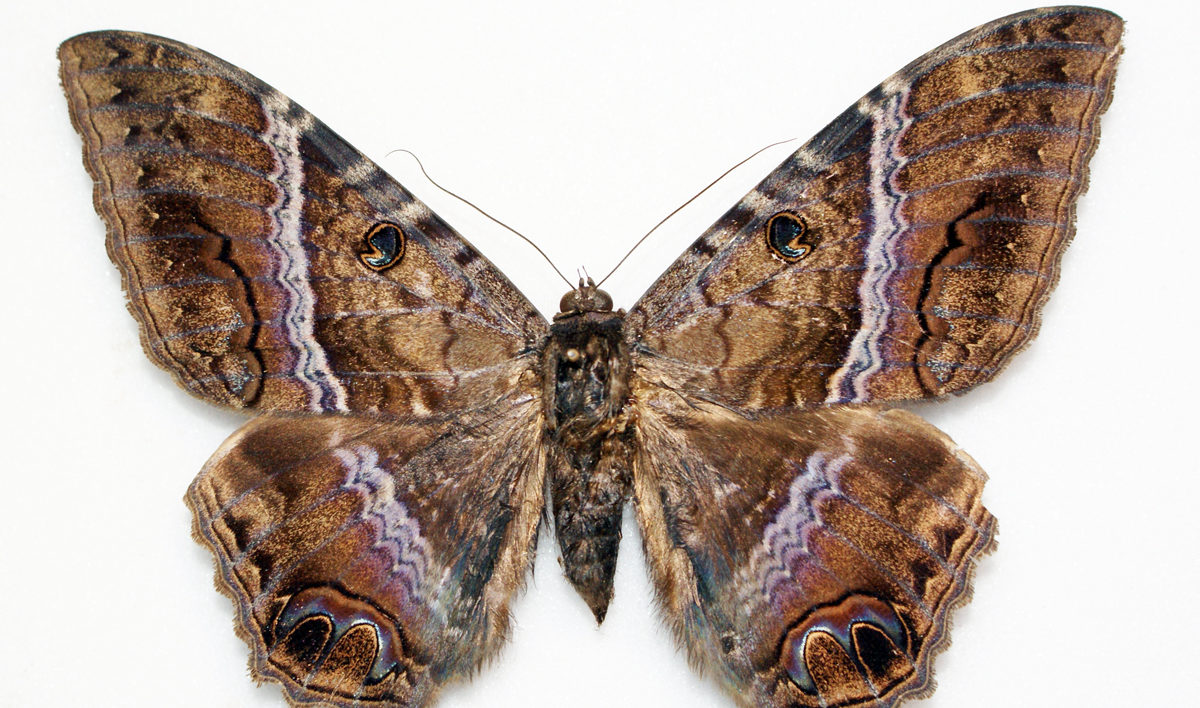
The eyespots on the wings are especially daunting. These circular dots with an accent give the impression of commas or the number 9. Matching m-shaped patterns appear on the hind-wings of fresh specimens, but these markings aren’t visible on tattered individuals.
In the tropics and extreme southern regions of the United States including the Rio Grande Valley of Texas and southern Florida, black witch moths can be active throughout the year.
While adult moths generally only survive for a few weeks, multiple staggered generations keep adults visible for extended durations.
In the southern United States, moths seen in spring and early summer may represent individuals that migrated north from Mexico during the rainy season. They may also be adults that have recently emerged from cocoons.
Black witches thrive on woody species host plants including mesquite, acacia, locust, and Kentucky coffee. Caterpillars feed on the leaves during the night, and spend daylight hours tucked under bark crevices. Adults can feed on tree sap.
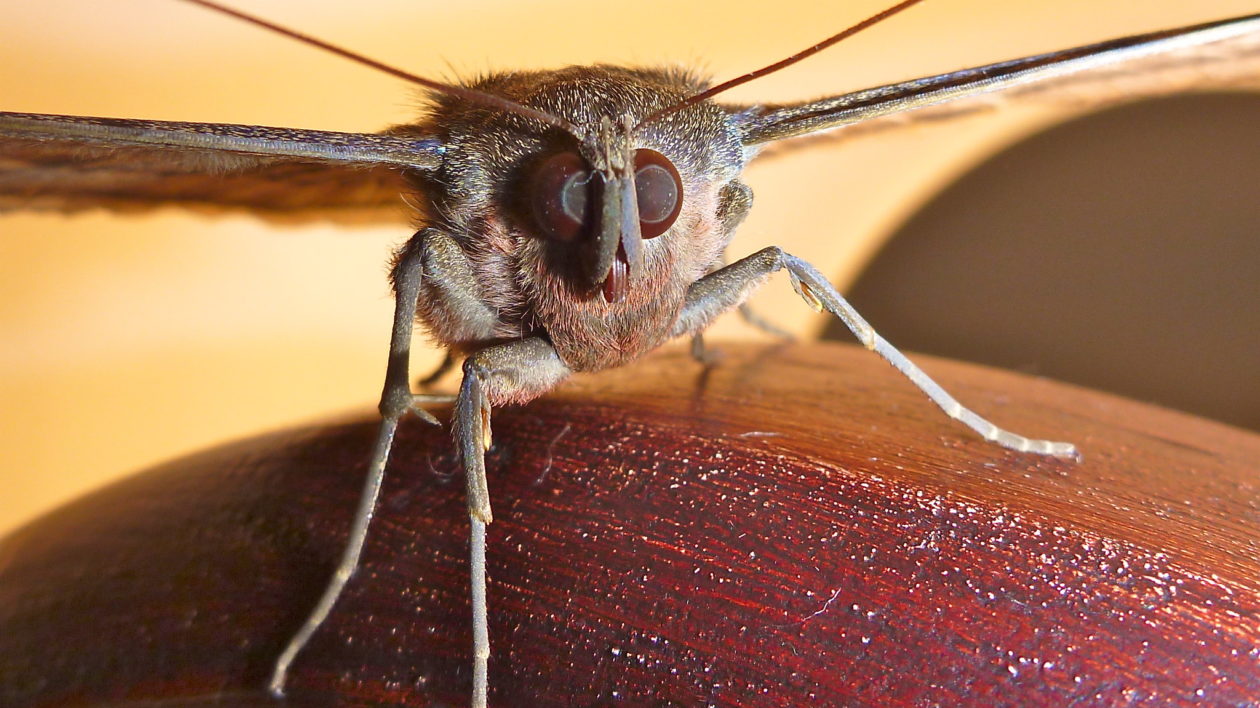
Northern Fliers
Strong aviators, witches are often mistaken for bats in flight. Black witch moths stray far to the north with some regularity. Long flights bring witches as far north as Canada.
These nocturnal migration movements can happen between June and October. Northern sightings seem especially common in the fall, and in a few instances, correlate with tropical storm system movements.
As reported on iNaturalist, DougNaturalist (Doug Gochfeld) documented a black witch moth fluttering in the Tribute in Light Memorial in New York City on September 11, 2020. Other fall sightings in the north this year include reports from Colorado, Wisconsin, Michigan, and Ontario.
The individuals pushed north are often tattered from the long journey. They typically won’t survive to reproduce, but documentation of these extremes does help researchers fill in the gaps and movements and understand potential expansions beyond the core range of a species. They can also be quite exciting for observers to witness something unexpected and rare.
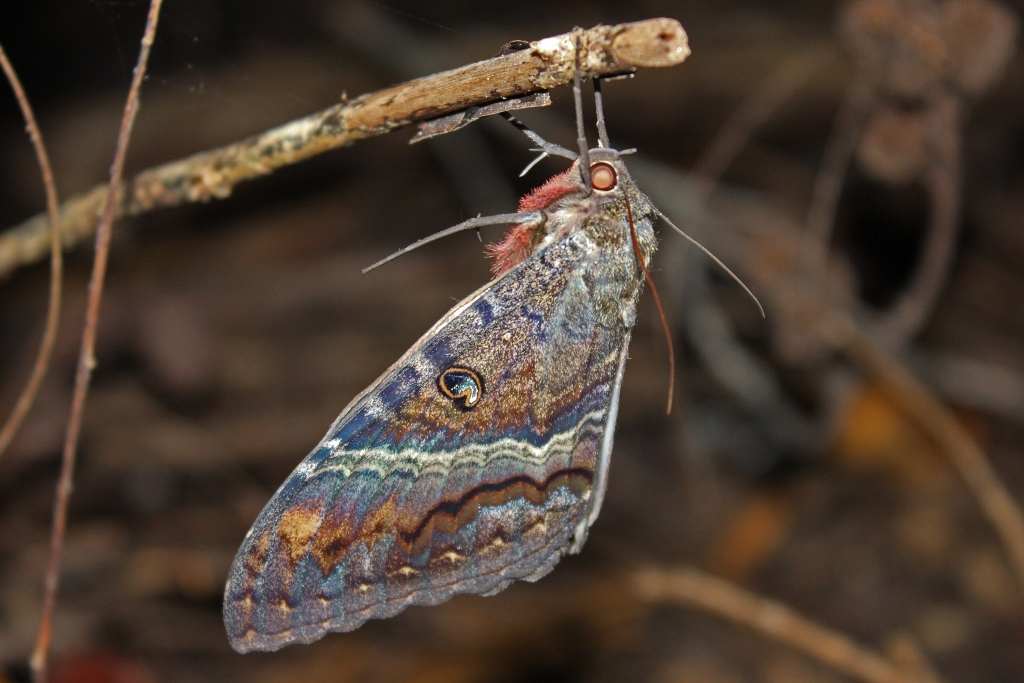
Witch Tales
Black witches have a longstanding place in folklore throughout much of their range.
In parts of Mexico and the Caribbean the arrival of a black witch indicates impeding death, especially if an illness is already present in the house. Variations on this are that the moth must visit all four corners of a room to bring doom.
For some cultures, the visit from the black witch is symbolic of a deceased loved one’s soul returning to greet you.
In Paraguay, some people believe the moth can lead to blindness. Some parts of Mexico hold the belief that the moth makes a person go bold.
The species has a cameo appearance in Silence of the Lambs. In the novel black witch moth pupa were left with the victims. The movie poster, however, depicts a death’s-head hawkmoth.
Black witches have also been credited with bringing good fortune. In south Texas a moth might be the prelude to your lottery winnings.
Similarly, known locally as money moths in the Bahamas, the hope is that you’ll gain riches if you see a black witch.
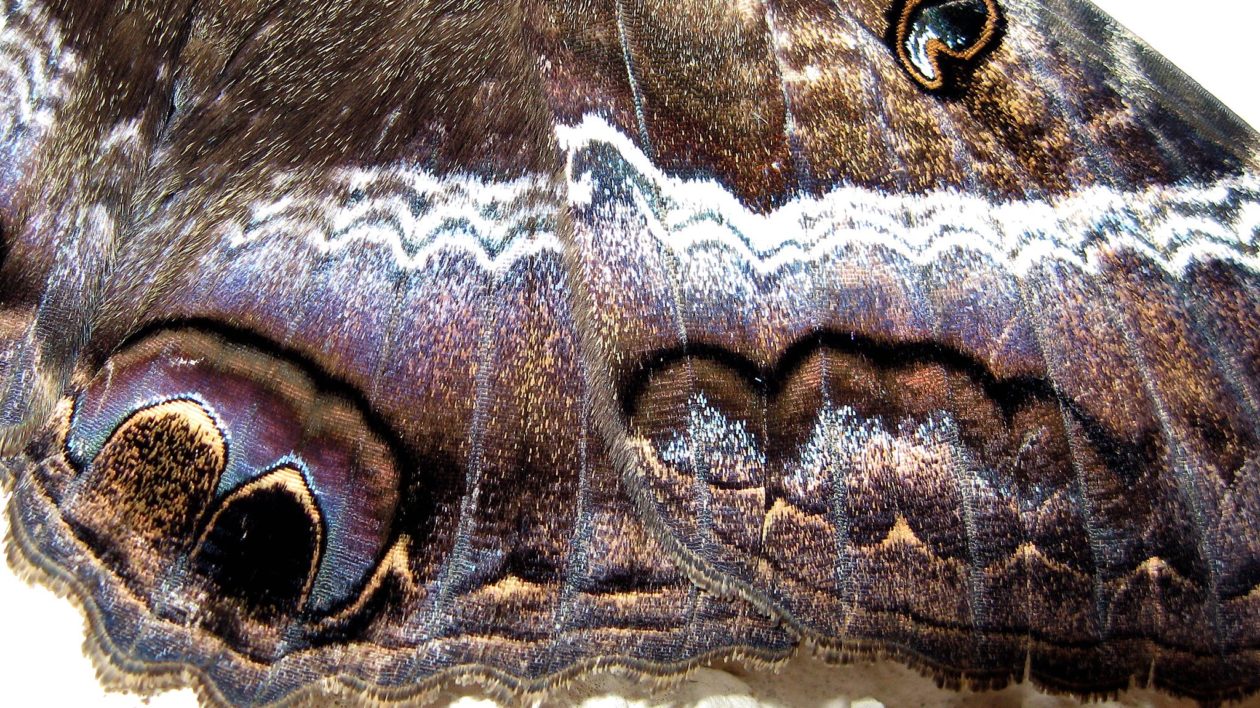
Witches’ Brew
Many of the witch viewings occur by happenstance. Clearly folks regularly find the moths perched close to, or sometimes inside, human structures in the morning.
Nocturnal by nature, black witches are attracted to lights, be it black lights set up for mothing, or street lamps shining. Smaller moths are easy to overlook in the night sky, but the hefty black witch is hard to miss in flight.
Black witches can also be enticed in with bait stations. Simply leaving sliced apples or bananas out can act as a moth feeding site. And preparing a batch of “witches’ brew” can be used to attract a number of moth species. Bait is a concoction of bananas, sugar or molasses, and cheap beer. Smear this directly on the trunks of trees (be aware that it might discolor the bark slightly) or on a board you put out. A bird feeder designed for smearable suet could do the trick.
As the calendar turns to October, witches continue to be spotted in the night sky. With their bat-like flight, black witch moths may bring with them treats of fortune or bad omens. Either way, it is sure to be a memorable encounter.
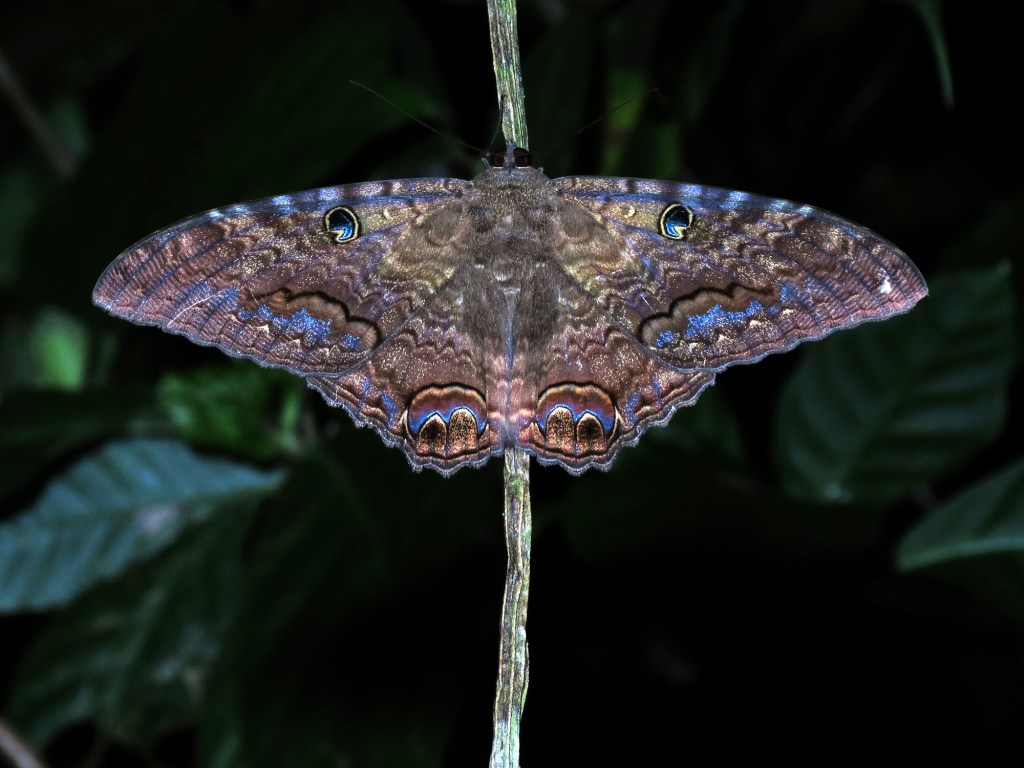



We saw one during the day yesterday (July 16). We live along the north shore of Lake Ontario, near Picton, on a rural property. It was a daytime sighting. The flight movements looked like a bat. It rested on the inside edge of our roof overhang and we got several pictures. It was still there after dark, but this morning seems to have moved on. What a treat to see this startling and magnificent moth! First ever sighting here for us. We’re thinking it might have been pushed through from the hurricane and storm system further south of here.
I live in Macon, Georgia. About 10pm, I found a Black Witch moth on the floor of my garage. There was no light on so don’t know what attracted it. I think it could be newly emerged and not quite sure what to do. I’m not superstitious so don’t expect death anytime soon and I have never purchased a lottery ticket so that’s definitely out.
I just found 3 on our lanais in Pahoa, Hawaii.
They are in Hawaii Leap Year 2024 February 29.
Black Witch spotting in North Bay, Ontario July 13 between 8:30 and 9:30. We are 3.5 hours north of Toronto. Very exciting… hope she returns tomorrow! Love this interpretation:
Black witch moths are a powerful personal symbol of wisdom and inner transformation, and their use can be linked to intuition, inner wisdom, transformation, and feminine energy. The black moth reminds you that you can change your life if you believe you are stronger than you are, and that you have the power to do so.
I have one at my house in Florida right now. Most beautiful insect I’ve ever seen!
I have one on my front porch. Was there all day yesterday, left at night fall but back again this morning. I wish he would find another place to perch. Any suggestions to get him off my door.
We may have one on our porch … St Marys KS ..
My neighbour and I saw a black witch this evening in Sinton Texas located in the Coastal Bend area of Texas. Date: Sunday, 12 June 2022 around 8 pm.
March 26, 2022, Maui, HI – A female black witch flew onto our deck and perched on the eaves late yesterday afternoon, a welcome guest. She was gone in the morning.
We found one this morning inside a storage shed on our porch 1st time for us in central Arizona.
I live in Nothern Sonora, Mexico. August on the shores of the Mar de Cortez is typically the meanest month weather wise. However, the Black Witch Moths are abundant now so I wait every year to enjoy the magical Bruja Negras. I so love them! I have three on my patio at this very moment. I am a very happy ex-pat. I have tried and tried to find the caterpillars on their host plants, the Mesquites, but so far they have eluded me. I’m still looking!
Just saw one on our front screen door this am in Gloucester MA.
I love Cool Green Science–interesting, well-written, and generally well-researched stories. In this piece, you might double check your reference to Hawaiian cultural traditions relating to black witch moths. I don’t believe this species is found in the islands, unless it is a very recent introduction.
Hi Alan,
Thanks for the comment, as always. This is an interesting case. I did some research and most range maps do show Hawaii well outside the black witch moth’s range. But I also keep seeing references to this cultural practice. I look at iNaturalist, and there are numerous black witch moth sightings (with photos) listed. I’ll dig deeper.
Cheers,
Matt
I love the idea that there is a small chance of perhaps spotting a Black Witch this far north. !
I will keep my eyes peeled and hope that one or two are brave enough to come to the White Mts.
of New Hampshire! But if not, I love this program and the fascinating content you choose!
Thank you!
Harriet,
Thanks for your comment and thank you for reading our stories! Good luck with the black witch moths.
Cheers,
Matt Miller
Editor, Cool Green Science
How sad that this beautify moth was named”Black Witch” Couldn’t there be a more appropriate name for this moth? Perhaps, Good Fortune Moth or Fortune Smiles instead?